Deck & Commander Strategies

Zirda, the Dawnwaker
Utilizes artifact and enchantment synergies to reduce activation costs, generate numerous tokens, and draw cards. Aims to control the board and win through incremental damage from tokens and burn effects.


Numa, Joraga Chieftain & Miara, Thorn of the Glade
Elf tribal ramp deck that builds a wide board presence with elf tokens, uses life gain and removal to survive, and leverages synergy between the partner commanders to overwhelm opponents.
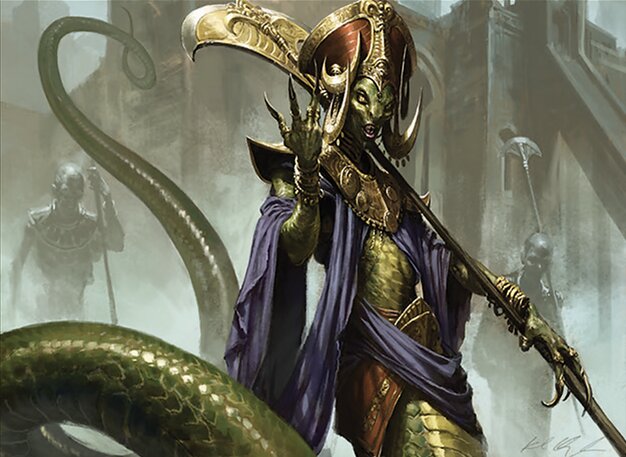
Sidisi, Brood Tyrant
Focuses on rat colony tribal and milling opponents to generate zombie tokens. Maintains pressure through continuous creature generation and benefits from graveyard interactions.
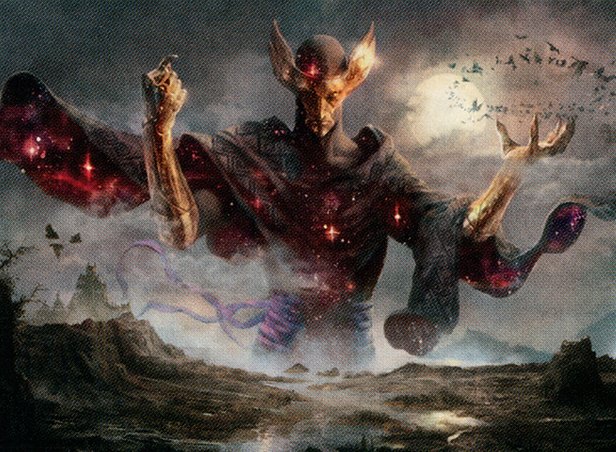
Phenax, God of Deception
Mill-focused deck that uses high toughness creatures and mill triggers to deplete opponents’ libraries. Gains advantage by combining milling with large creatures that grow from graveyard size.
Gameplay Insights
- 1
Phenax’s milling strategy rapidly increased the size of Consuming Aberration, which became a massive threat with power and toughness scaling based on combined graveyards.
- 2
Numa and Miara leveraged life gain triggers from tokens and used removal to stabilize against aggressive milling and token swarms from opponents.
- 3
Zirda maintained the monarchy through strategic attacks and card draw, using artifact synergies to keep up pressure and resource advantage.
- 4
Sidisi capitalized on milling and rat tribal synergies to produce continuous zombie tokens, creating incremental board presence that pressured opponents.
- 5
Key removal spells like Viridian Corrupter were crucial in disrupting artifact-based strategies and slowing down token generation.
- 6
Players carefully chose when to block or allow damage to maintain the monarchy or avoid losing critical resources, demonstrating high-level multiplayer diplomacy and tactical decision-making.
Notable Cards
-

Consuming Aberration
-
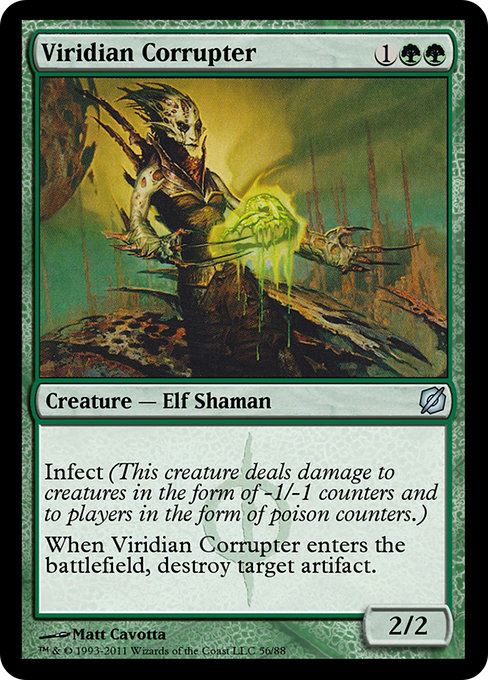
Viridian Corrupter
-
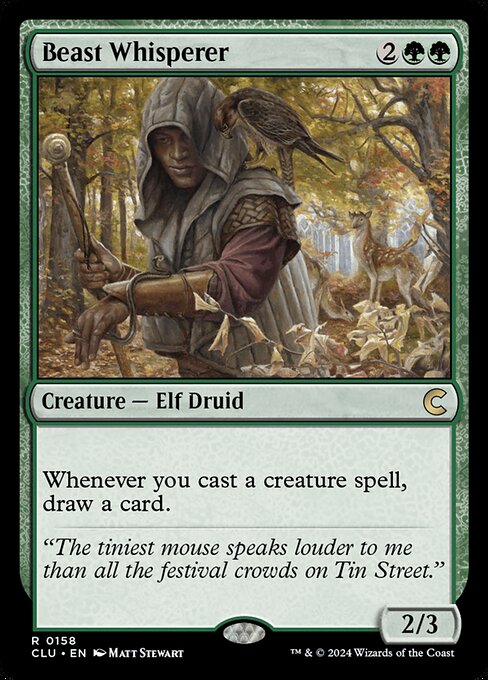
Beast Whisperer
-

Skullclamp
-
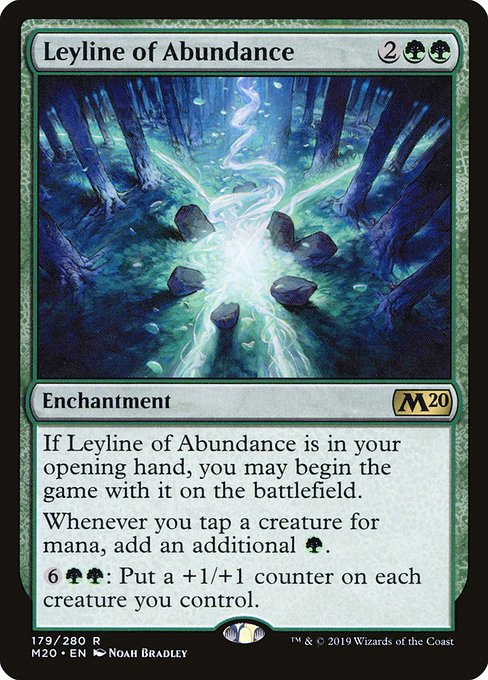
Leyline of Abundance
-
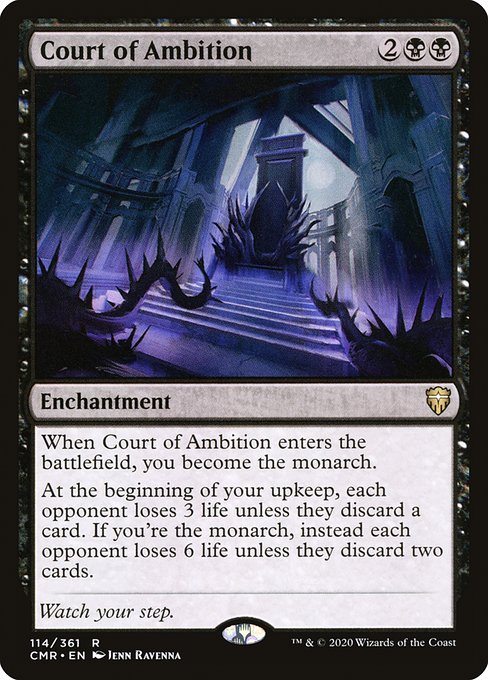
Court of Ambition
-

Thespian's Stage
-
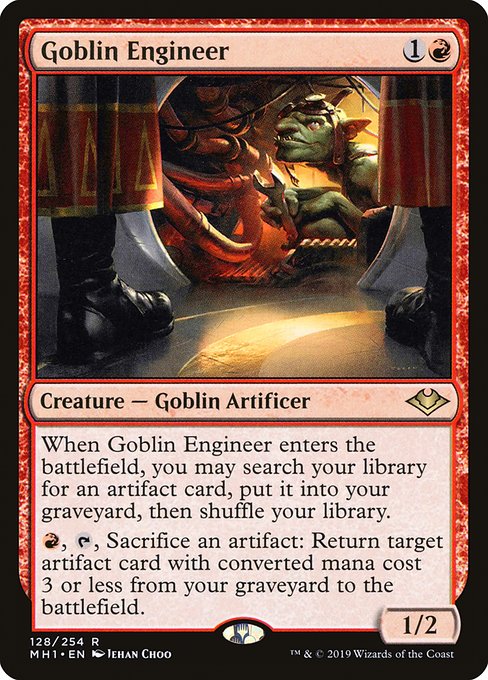
Goblin Engineer
-

Talisman of Progress
-
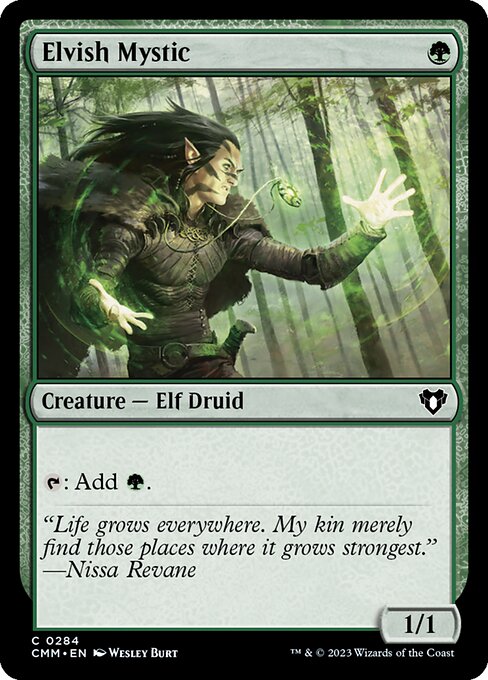
Elvish Mystic
-
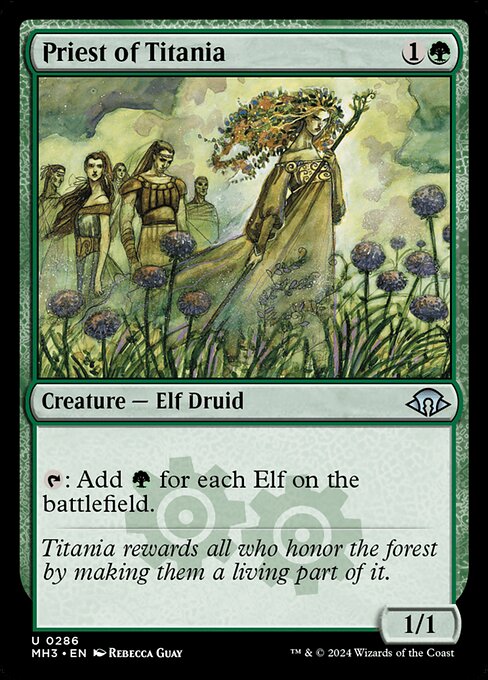
Priest of Titania
-
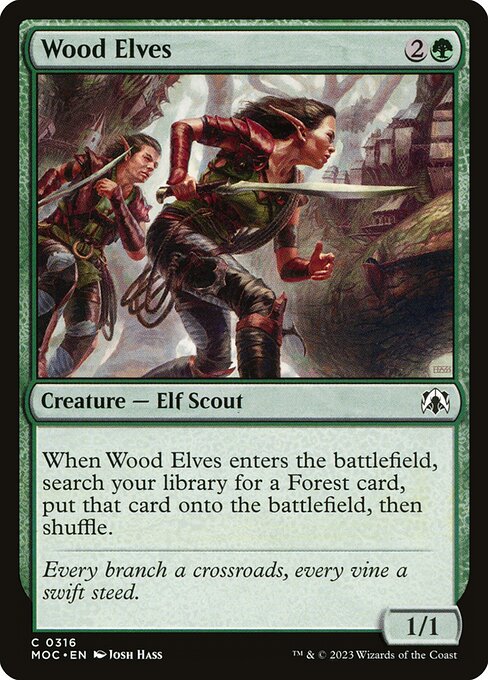
Wood Elves
-
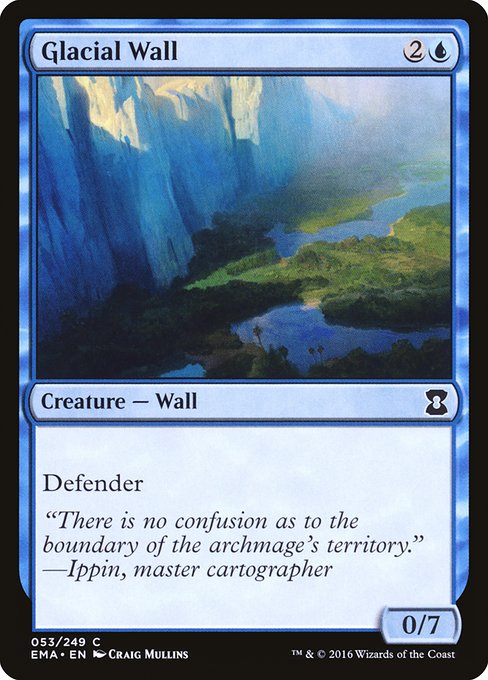
Glacial Wall
-
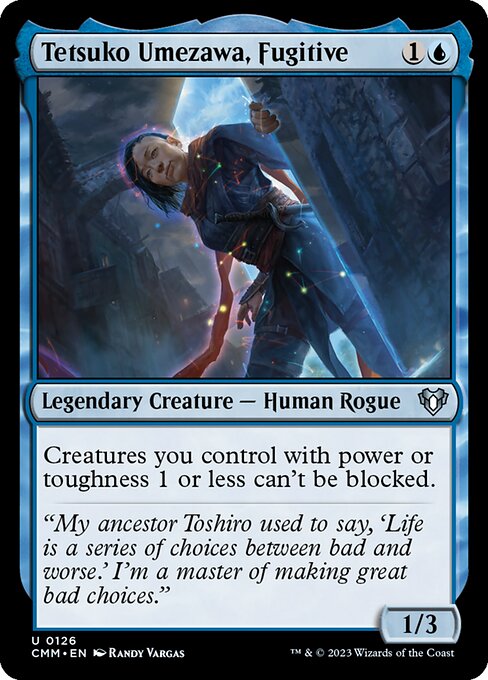
Tetsuko Umezawa, Fugitive
Gameplay Summary
The game featured a four-player Commander match with a diverse range of strategies including artifact token generation, elf tribal ramp, rat colony tokens with milling, and a mill-focused deck leveraging toughness.
Zirda, the Dawnwaker focused on utilizing artifact and enchantment synergies to generate tokens and card advantage, applying pressure through combat and burn.
The Golgari partner pair, Numa and Miara, aimed to ramp heavily with elves and utilize their synergy for board presence and life gain, supported by resilient removal.
Sidisi, Brood Tyrant employed a rat colony tribal theme that synergized with milling to generate zombie tokens, maintaining board presence through incremental value.
Phenax, God of Deception led a mill-heavy strategy using high toughness creatures and mill triggers to deplete opponents' libraries and gain control over the game state. Throughout the match, key moments included Phenax's consuming aberration growing massively due to combined graveyards, significantly threatening all players, and frequent milling that pressured the decks with limited self-recovery.
Numa and Miara's elf token production and life gain helped stabilize against aggressive milling and token swarms.
Zirda leveraged equipment and artifact synergies to maintain board control and generate tokens, occasionally trading off creatures to maintain the monarchy and card draw.
Sidisi's playstyle revolved around generating numerous zombie tokens from milling effects and creatures entering the battlefield, steadily applying pressure.
The game saw several combat exchanges with strategic blocking and targeted removal, such as Viridian Corrupter destroying key artifacts, which shifted board momentum.
The interaction between milling and token generation culminated in a high-tension scenario where decks struggled to keep pace with graveyard and board advantages, highlighting the importance of synergy and timing in multiplayer EDH.




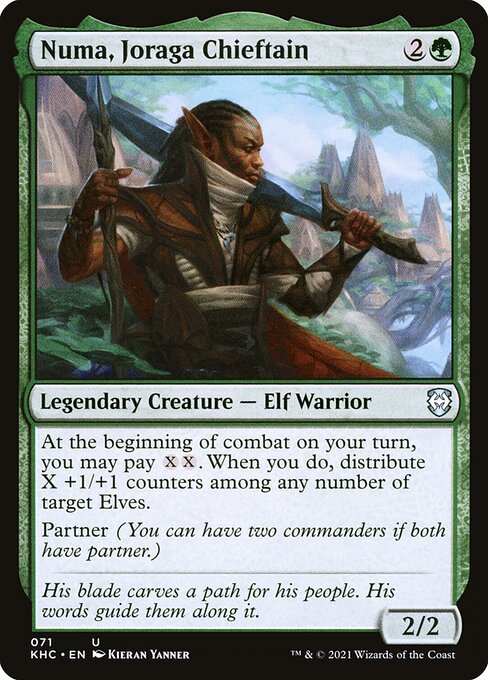





























![Saskia Aggro vs. Mono Black Control [Duel Commander-EDH] - Magic: The Gathering thumbnail](https://i.ytimg.com/vi/0MHeOud1aRY/sddefault.jpg)















